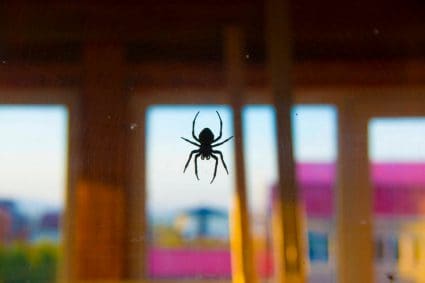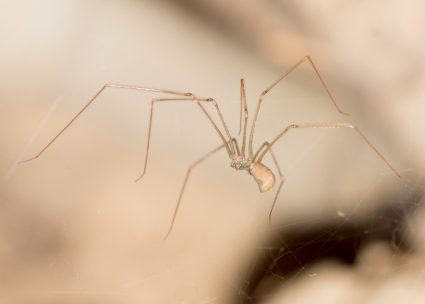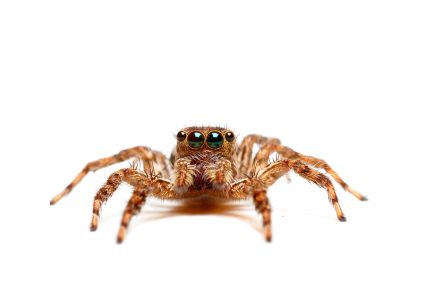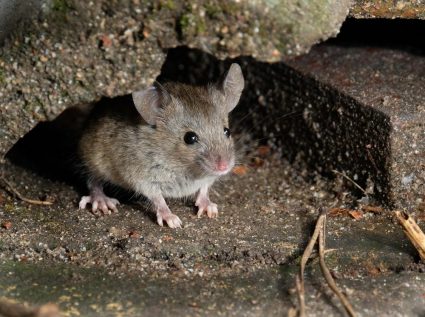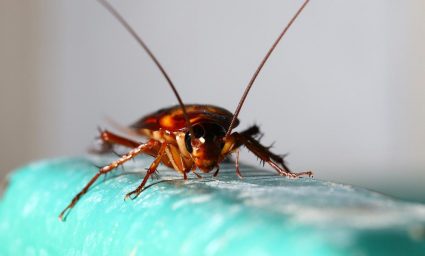
Russet mites are tiny, cigar-shaped pests that can wreak havoc on your plants. Invisible to the naked eye, they feed on plant surfaces, causing damage that can lead to reduced leaf size, brittle foliage, and upward leaf curling. Left untreated, russet mite infestations can be disastrous for crops, especially those grown in greenhouses. This leads us to the question: Does sulfur kill russet mites? Let’s dive into the details.
Yes, sulfur does kill russet mites. Micronized sulfur, available in forms like sulfur dust and wettable sulfur, is particularly effective in treating russet mite infestations. However, it should be used with caution to avoid plant injury, especially when used with oil-based products or during the flowering stage.
What are Russet Mites?
Russet mites, belonging to the Eriophyidae family, are microscopic pests that primarily attack plants like hemp, tomatoes, and cannabis. They feed using piercing-sucking mouthparts, killing individual cells and causing fine spotting or stippling. The visible damage occurs when mite populations are high, leading to symptoms such as bronzing (russetting) on leaves and stems. In severe cases, these pests can kill plants.
The Role of Sulfur in Pest Control
Sulfur, a nonmetallic chemical element, has been used as a natural pesticide for generations. It interrupts the growth, development, and life cycle of many pests, including russet mites. Sulfur is available in several formulations, such as ready-to-use sprays, wettable powders, and dusts. It is applied to plants to treat diseases like Alternaria leaf spot, powdery mildew, rust, and leaf spots. Sulfur can also be used as an insecticide and miticide, effectively controlling pests like thrips, scale, ticks, red spider mites, and russet mites.
Does Sulfur Kill Russet Mites?
The answer is yes. Micronized sulfur is one of the most effective ways to treat russet mite infestations. Both sulfur dust and wettable sulfur have been found to be effective for russet mite control. However, use it with caution, as it can cause plant injury if used alongside oil-based products, which can encase the sulfur and cause a sulfur burn. Additionally, using sulfur once flowering has begun may risk buds smelling like rotten eggs at harvest.
How to Use Sulfur to Treat Russet Mites
To use sulfur for treating russet mites effectively, follow these steps:
- Dilute micronized sulfur in water. The recommended rate is 2 tablespoons of sulfur per gallon of water.
- Apply the diluted sulfur solution using a sprayer, ensuring thorough coverage of the entire plant, including leaves, stems, and buds.
- Perform three applications within one week.
- Inspect the plants after the treatment and repeat the process as needed.
Remember, sulfur should not be used alongside oil-based products. Always follow the label instructions and consult local agricultural experts for specific recommendations in your area.
Preventive Measures to Avoid Russet Mite Infestations
Prevention is better than cure. To avoid russet mite infestations, implement these preventive measures:
- Inspect plants and transplants carefully for any signs of russet mites before introducing them to your garden or greenhouse.
- Maintain a clean and tidy garden, and practice good sanitation in all infested areas.
- Avoid planting during hot, dry periods, as stressed seedlings are more vulnerable to mite attacks.
- Remove and destroy infested plant debris promptly.
- Sanitize tools and equipment used on infested plants before using them on healthy plants.
- Monitor plants for signs of russet mite damage, especially during hot and dry conditions.
- Use mite-free seeds or starts.
- Apply preventive treatments, such as micronized sulfur sprays, during the vegetative stage.
- Introduce beneficial predatory mites, such as Galendromus Occidentalis, to help control russet mite populations.
In conclusion, sulfur is a potent solution to russet mite infestations. However, it should be used carefully and as part of a comprehensive pest management strategy. Always remember to follow label instructions and take necessary precautions to ensure the health and safety of your plants and the environment.
Frequently Asked Questions
What are the signs of russet mite infestations?
The signs of russet mite infestations include reduced leaf size, brittle foliage, and upward leaf curling. Other symptoms include fine spotting or stippling on leaves and stems, and bronzing (russetting) of the plant.
Can I use sulfur for other pests and diseases as well?
Yes, sulfur can be used to treat a wide range of pests and diseases. It can control pests like thrips, scale, ticks, and red spider mites. It can also treat diseases like Alternaria leaf spot, powdery mildew, rust, and leaf spots.
What is the difference between sulfur dust and wettable sulfur?
Sulfur dust and wettable sulfur are different formulations of sulfur. Sulfur dust is a dry formulation that can be directly dusted onto plants, while wettable sulfur is mixed with water before application.
What precautions should I take when using sulfur to treat russet mites?
Sulfur can cause plant injury if used alongside oil-based products, which can encase the sulfur and cause a sulfur burn. Also, using sulfur once flowering has begun may risk buds smelling like rotten eggs at harvest. Always follow the product’s label instructions and consult local agricultural experts for specific recommendations.
Are there any natural predators of russet mites that I can introduce to my garden or greenhouse?
Yes, beneficial predatory mites, such as Galendromus Occidentalis, can help control russet mite populations.

